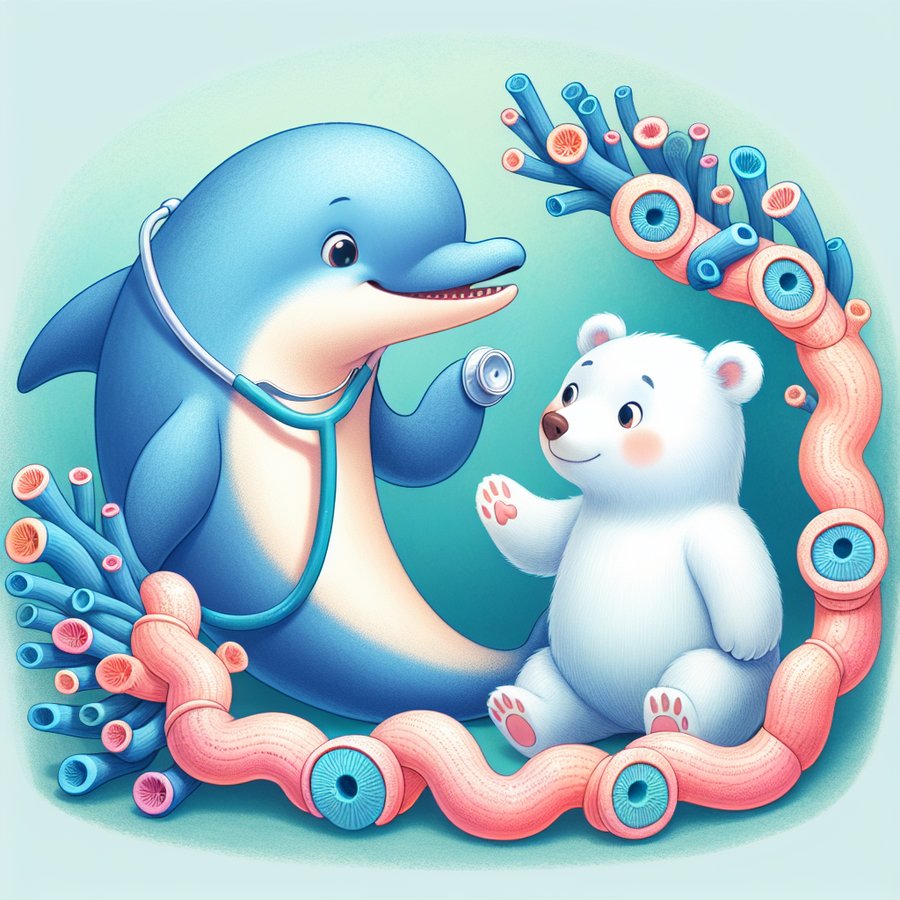Bronchospasm in babies is a condition that can alarm even the most composed parents. By understanding what bronchospasm is, recognizing its symptoms, and knowing the best ways to manage and treat it, you can ensure your baby’s health and comfort. This article delves deep into the causes, symptoms, and treatments of bronchospasm in infants, offering valuable insights and practical advice for new parents.
What is Bronchospasm?
Bronchospasm refers to the sudden constriction of the muscles surrounding the airways. In babies, this condition can lead to difficulty breathing, wheezing, and distress. Understanding the mechanics behind bronchospasm is crucial for identifying and treating this condition effectively in infants.
Bronchospasm often occurs as a reaction to an irritant or as part of an allergic response. The muscles around the bronchial tubes tighten, narrowing the airways and making it harder for air to pass through. This can be particularly concerning in babies, whose airways are already smaller and less developed.
What Causes Bronchospasm in Babies?
Several factors can trigger bronchospasm in infants. Common causes include viral infections, such as the common cold or respiratory syncytial virus (RSV), allergens in the environment, exposure to tobacco smoke, and even gastroesophageal reflux disease (GERD). Identifying the underlying cause is a crucial step in managing and treating bronchospasm.
Environmental allergens, such as pollen, pet dander, and dust mites, can also lead to bronchospasm. In some cases, food allergies may trigger this condition. It’s important for parents to observe their baby’s reactions to different environments and foods, noting any patterns of symptoms that emerge.
Symptoms of Bronchospasm in Babies
Recognizing the symptoms of bronchospasm is key to seeking timely treatment for your baby. The most common signs include wheezing, rapid breathing, coughing, and a tightness in the chest. Babies may also show signs of distress, such as crying more than usual or having difficulty feeding.
In severe cases, bronchospasm can lead to cyanosis, where the skin, lips, or nails turn a bluish color due to lack of oxygen. If you notice any of these symptoms in your baby, it’s crucial to seek medical attention immediately.
How to Manage and Treat Bronchospasm in Babies
Managing and treating bronchospasm involves a combination of medication, home care strategies, and avoiding known triggers. Bronchodilators are commonly prescribed to relax the muscles around the airways, making it easier for air to flow through. In some cases, corticosteroids may be recommended to reduce inflammation in the airways.
At home, ensuring a clean, allergen-free environment can help prevent bronchospasm. Using a humidifier can also ease breathing difficulties by keeping the air moist. Avoiding exposure to tobacco smoke and other known irritants is essential. For babies with GERD-related bronchospasm, proper feeding techniques and medications to manage reflux may be beneficial.
For more detailed information on related conditions and management strategies, consider visiting links on asthma, allergies, and acid reflux in babies. Understanding these related conditions can provide further insights into managing and treating bronchospasm effectively.
When to Seek Medical Attention for Bronchospasm
If your baby shows signs of bronchospasm, it’s important to monitor their condition closely. Seek immediate medical attention if your baby has difficulty breathing, if their skin, lips, or nails turn blue, or if they’re unable to feed properly. Early intervention can prevent complications and ensure your baby receives the necessary care.
It’s also advisable to consult with a healthcare provider for a comprehensive evaluation if bronchospasm episodes become frequent. They can offer guidance on long-term management strategies and medication adjustments to keep your baby’s symptoms under control.
In conclusion, while bronchospasm in babies can be distressing, understanding the condition, its causes, symptoms, and treatment options empowers parents to take proactive steps in ensuring their baby’s health and well-being. With the right care and management strategies, most babies with bronchospasm can lead healthy, active lives.













